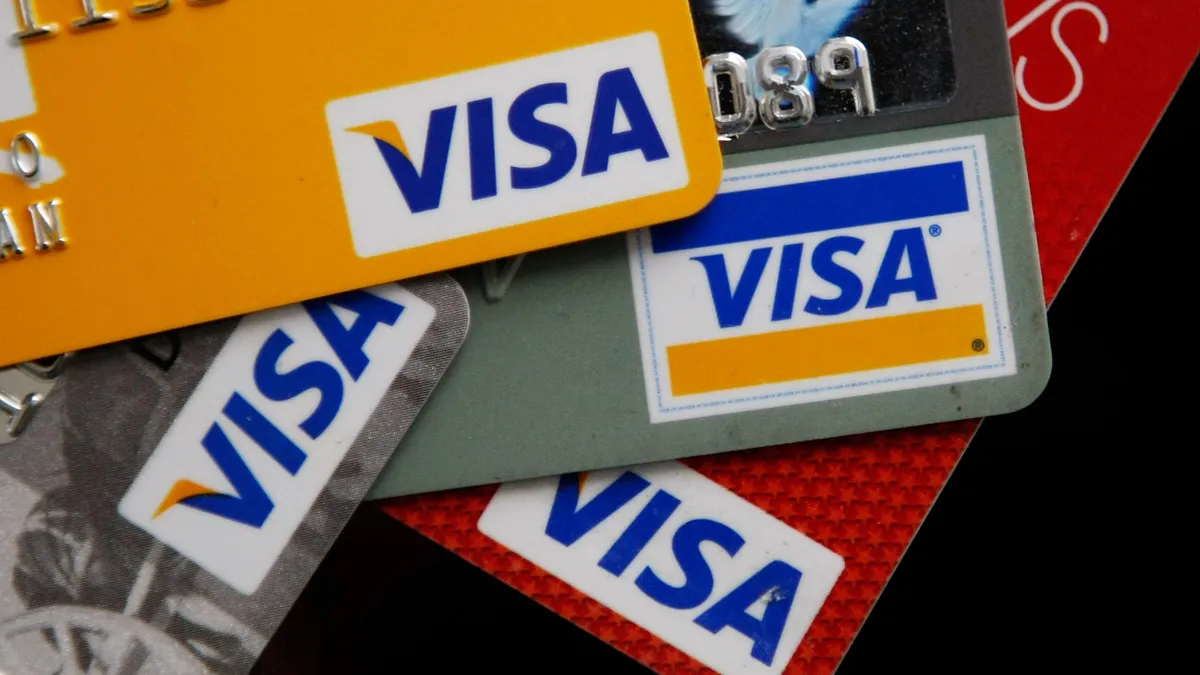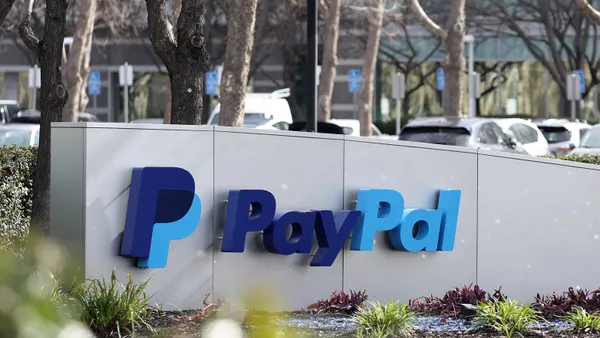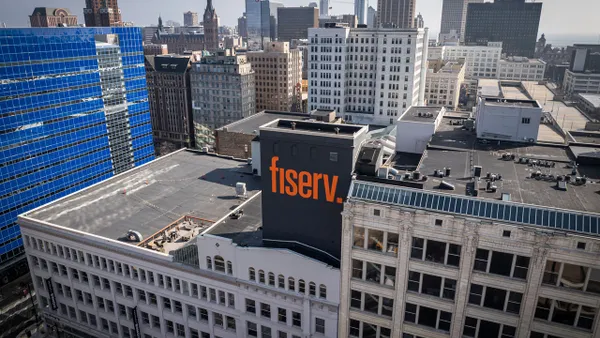Leon Buck is vice president for government relations, banking and financial services at the National Retail Federation. He is also an executive committee member for the Merchants Payments Coalition.
Visa recently released a study that found 16% of consumers surveyed have stopped using cash and that 53% say they will do so within a decade.
Only a few years ago, retailers largely dismissed card industry reports of a "cashless trend" as propaganda intended to promote the erroneous idea that cash was old fashioned and that cards were the modern way to pay. By encouraging more people to pay with costly plastic, big banks and card giants could take a percentage of even more purchases through the tens of billions of dollars in "swipe" fees they charge merchants to process card transactions each year. In 2017, Visa was even offering small businesses $10,000 to stop taking cash.
Today, however, data from the Federal Reserve show that card industry numbers on the decline of cash are no longer just propaganda. To be clear, few merchants – and virtually no major national chains – refuse to take cash. But plastic use is unfortunately trending upward. And health worries about what to touch during the pandemic have prompted an acceleration in consumers’ use of contactless cards and digital wallets on mobile devices – even though health experts say there is no clear evidence COVID-19 is transmitted by cash.
A National Retail Federation survey found a fifth of consumers had used touchless payments for the first time by May 2020 and that more than half expected to continue even after the pandemic is over. Contactless card payments quintupled from about 700 million transactions in 2018 to 3.6 billion in 2020 and accounted for nearly 5% of card payments, according to the Fed. Meanwhile, digital wallet payments increased from 0.5% of card transactions in 2017 to 2.6% in 2020.
Fed surveys show cash accounted for only 23% of purchases in 2020, down from 32% just two years earlier in 2018. Meanwhile, credit and debit card payments grew by a third from 2015 to 2020, reaching 124 billion transactions totaling $7 trillion, according to the Fed.
The shift away from cash is welcome news for card networks and banks. But it’s bad news for merchants and their customers, who are paying more because swipe fees are being collected on more transactions.
This isn’t a matter of luck. With massive marketing operations – Capital One alone spent nearly $1 billion on marketing in the fourth quarter – the card industry has been trying for decades to privatize U.S. currency and convince the public that cards are the same as cash. That simply isn’t true. Merchants receive less than 98 cents on the dollar when their customers pay by credit card, and the amount siphoned off has skyrocketed along with the increase in card transactions.
Swipe fees for Visa and Mastercard credit cards – which account for nearly 80% of the U.S. credit card market – average 2.22% of the purchase price and totaled $61.6 billion in 2020, more than doubling over the previous decade, according to Nilson Report. When all types and brands of cards are included, processing fees totaled $110.3 billion in 2020, up 70% over 10 years.
The fees – the highest in the industrialized world and most merchants’ highest cost after labor – have driven up consumer prices for years, equating to $724 a year for the average family, according to payments consulting firm CMSPI. With inflation currently at a 40-year high, they have a multiplier effect because the percentage is based on a larger amount, costing consumers even more.
Lawmakers and regulators have been taking a close look. Visa and Mastercard last year postponed $1.2 billion in fee increases following congressional concern but said the increases would take effect this April instead. The Fed has proposed regulations clarifying that banks must enable all debit card transactions to be processed over at least one competing network such as NYCE, Star or Shazam in addition to Visa or Mastercard’s networks. And both the Department of Justice and Federal Trade Commission are investigating debit card practices that merchants believe block their right to choose which network processes online debit transactions.
In the long run, the central bank digital currency under consideration by the Fed could be part of the solution, offering the efficiencies and convenience of electronic transactions without the middleman or fees. But rollout is years away, and even the Fed says it doesn’t expect the new currency to replace current forms of payment.
At a time when the economy is still building back from the pandemic, these rising fees desperately need to be brought under control, and the rapid move toward an all-electronic economy with little cash makes the need to do so all the more urgent. Small merchants don’t have any magic pot of money to absorb exorbitant fees charged by the nation’s largest banks and card giants, and neither do their customers.
Congress has been debating swipe fees off and on for more than 15 years, and the Fed has yet to update regulated debit card fees it adopted more than a decade ago, even though banks’ costs have fallen by half. Based on Visa’s prediction that cash could be history for the majority of consumers 10 years from now, taking that long to act no longer works.










